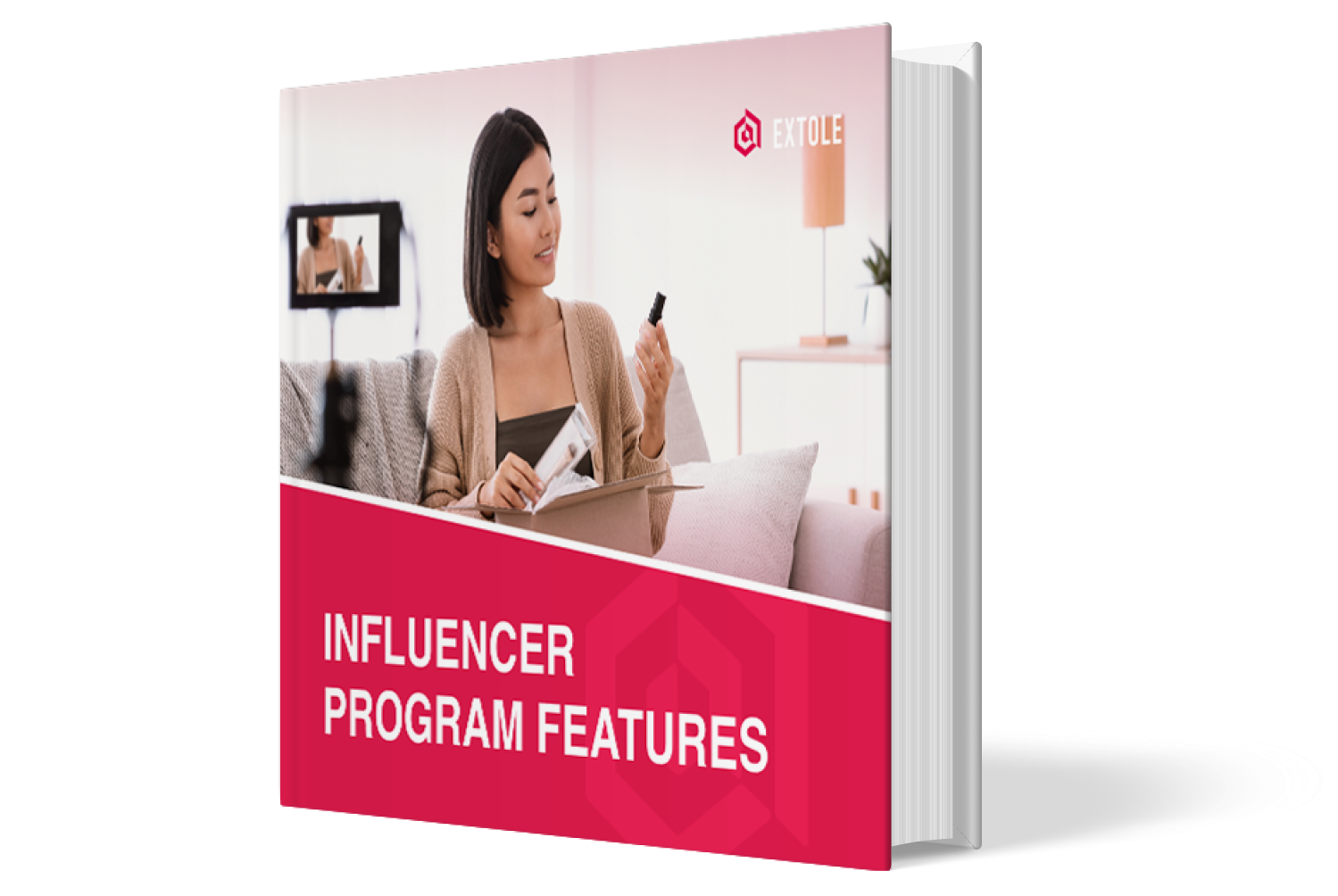The development of influencer marketing is a bit like the evolution of a Pokémon. As a lowly Charmander becomes a powerful Charizard, his power increases.
The same is true of the evolution of influencer marketing which now includes peer-to-peer (P2P) marketing. Since 2006, influencer marketing has evolved from “pay by the post” platforms into full-fledged P2P marketing initiatives. The influencer marketing industry grew to an incredible $13.8 billion in 2021.
PayPerPost, the first influencer marketing platform, started a ripple effect that grew into the massive macro-influencer wave we saw in the 2010s. In 2021, micro-influencer content made up 91% of all sponsored posts and engagement, and their impact is expected to grow. In recent years, influencer marketing has given brands opportunities to target more specific audience segments through P2P marketing.
P2P marketing is less expensive than traditional macro-influencer marketing but engages viewers more easily. There are several perks to P2P marketing campaigns, and each of them can help take your Charmander-level influencer marketing strategy to Charizard-level pretty quickly. And who doesn’t want a Charizard on their team?
1. P2P marketing moves consumers down the sales funnel faster.
A consumer is more likely to buy a product touted by a peer than they would a macro-influencer because they don’t feel like they’re being marketed to. Above all other forms of advertising, word-of-mouth is trusted most by 92% of consumers.
According to RoxCloud, P2P marketing leverages the power of relationships to convert consumers faster. Some experts even say that as marketing becomes more collaborative, marketers will transition from marketing to consumers to marketing with them.
When a consumer learns about a product from a peer, familiarity subverts the feeling of being marketed to (something most consumers are tired of by now). You can reap the benefit of the faster sales funnel journey by offering incentives to users who refer new users to your company.
2. P2P reaches a more relevant audience
With P2P marketing, you’re casting a net into a smaller pond with fewer types of fish (Magikarp, anyone?). A narrower target audience means you’re more likely to catch the type of fish (i.e., consumer) you actually want.
P2P is narrower in scope but has the added boost of helping you find relevant consumers and existing communities. In a way, P2P is an evolved form of micro-influencing. The perk is that you magnify the results through referrals from users’ friends and families.
For example, if a consumer raves about their new running shoes to their runner friends, you might say that an existing consumer is influencing their friends (a relevant audience since they use running shoes) to buy the same brand of running shoes. You might also call this word-of-mouth marketing.
By narrowing your target demographic to your customers’ peers, you can potentially sell more products to a more relevant audience than other forms of marketing. Additionally, P2P allows you to establish brand loyalty through consumer relationships.

Extend Your Brand Reach With Influencer Advocates
Let your influencers create new customers. Learn how to access their followers and drive customer-led growth.
Get the Guide3. P2P incorporates consumer trust in their peers
P2P marketing has an advantage over macro-influencer marketing because consumers are more likely to trust peers than brands or celebrities. P2P micro-influencers feel more like “real people” than macro-influencers do – let’s face it, on the spectrum of average person to celebrity, macro-influencers fall on the latter side. So there’s a built in trust among peers that P2P efforts can tap into.
For instance, brands like Glossier grab 70% of their online sales and traffic from peer-to-peer referrals.
Peer conversation, earned experience, and earned media can help you earn users’ trust. As an example, imagine you’ve been thinking about buying a new laptop for a while but haven’t had the time or energy to do the research yet. Then a friend mentions how much they love the newest MacBook Pro and chats to you about it. Suddenly, the newest MacBook sounds like the best option for your laptop troubles, and you don’t feel the need to do more research. A peer’s experience and your conversation with them just earned Apple your trust.
4. P2P creates a sense of community
P2P marketing can be a natural part of consumer relationships. For instance, we all love to share personal recommendations and bond over our favorite products. When those interactions happen online, it creates an online community, and products can benefit from word-of-mouth.
And consumers want community. 50% of Millennials say they trust influencers more than celebrities. Communities are also the best way to keep customers engaged, but macro-influencer communities are less engaging and personalized than bonded P2P communities.
As P2P marketing reaches niche groups with common interests, it’s easy for communities to gather around P2P influencers. In P2P circles, consumers benefit not just from the recommended products but from the sense of meaning they derive from communities they feel they belong in.
Since P2P marketing is essentially friends marketing to friends, then it’s easy to see how communities form around specific products and how you could reap the benefits of community engagement through P2P marketing tactics.
5. P2P directly incentivizes users to support your brand
P2P is simply an evolution of referral marketing that incentivizes users to support your brand in exchange for a perk. Where referral marketing relies mostly on real-world connections with family members and friends, P2P marketing taps into the online relationships that followers have with micro-influencers and social media platforms.
For example, a customer may follow several “micro-influencers” on TikTok, but if they’re mutuals, they’d actually call those people friends instead of “influencers.” That’s the sentiment you’re going for when you create P2P or referral marketing programs.
Like referral programs, peer-to-peer marketing rewards customers. So you can build P2P marketing into your existing referral marketing efforts. It becomes a “set it and forget it” method of bringing in new customers and solidifying customer loyalty with existing consumers.
P2P has the potential to change the way we market
With super-targeted audiences and low costs to operate, your company’s peer-to-peer marketing strategy could completely change the way you market to your chosen demographic. P2P marketing allows you to shift your focus from macro-influencers to more efficient and targeted customer-led marketing. Not only will you have a refined community of consumers (who love your products) to tap into, but you’ll also have a growing list of potential customers to boost your other marketing efforts by promoting your products for you.
To learn how to turn your existing customers into advocates, take a look at Extole’s referral program solutions.




